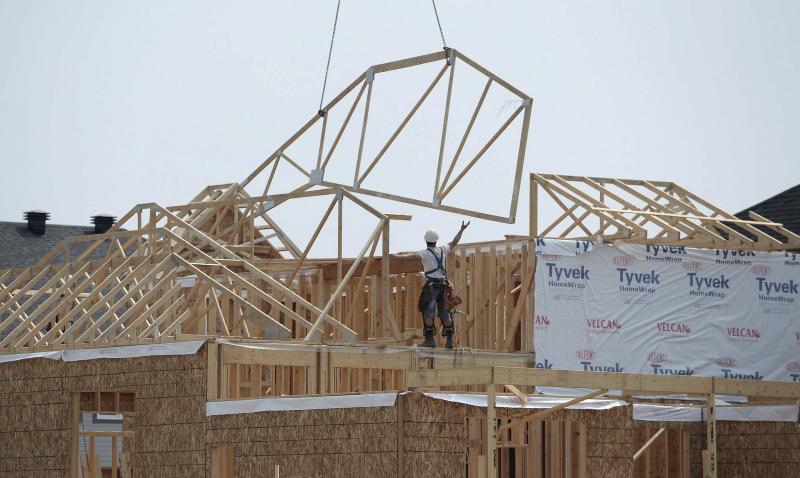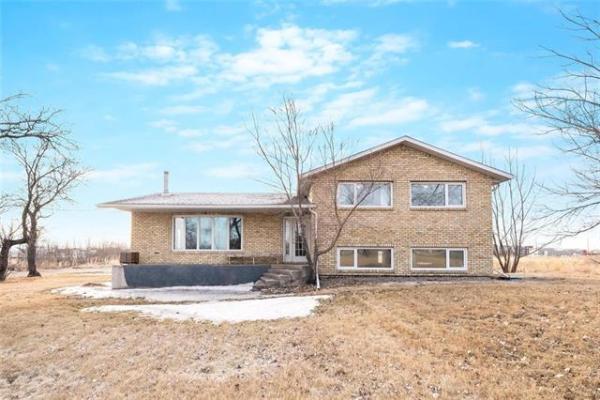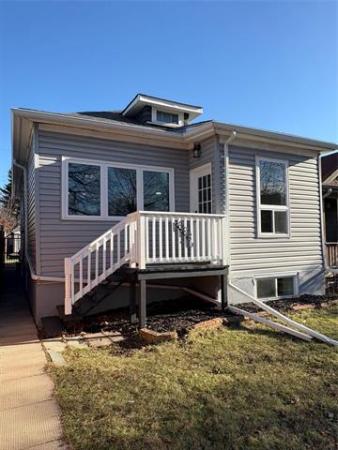The Canadian Home Builders’ Association recently published an article that consisted of a brief interview with each of the 10 provincial executive officers regarding what primary issues facing the residential construction industry in their provinces.
I thought I would share them with you today.
To the surprise of nobody, housing affordability is a key issue in British Columbia.
The knee-jerk reaction of government to tax foreign buyers only served to slow the entire market, not just the intended targets.
Alberta is faced with a plethora of economic challenges.
There is a massive rebuilding effort in Fort McMurray at the same time as lower-than-average new home start numbers across the rest of the province.
Affordability is impacted not only by the standard culprits of increased municipal and provincial taxes, new mortgage rules and energy code changes, but also by new carbon tax legislation.
Saskatchewan has had a soft market for a few years.
Attached houses in mixed communities are becoming popular starter homes as land policies make individual single family lots a much more expensive proposition.
Municipal demand for densification is not aligning with the saturation of multi-unit supply in the market.
Saskatchewan is just starting to move in the direction of already-popular Manitoba trends, those being aging in place, universal design and multi-generational housing.
Ontario, much like B.C., faces the challenge of the price of housing — and it’s not just a Toronto-based issue.
The provincial government is attempting to apply intensification targets to the entire province, but it’s a region where one size definitely doesn’t fit all.
In Quebec, the demand for single-family housing has fallen considerably since 2013, whereas the demand for rental properties has doubled in the same period.
Primarily due to mortgage rule changes, housing starts are expected to decrease by 18 per cent in 2017.
Not surprisingly, the recent increase in HST in New Brunswick has fed the already flourishing underground economy in renovations.
Simply put, more taxes create more tax cheats.
In Prince Edward Island, the recent HST increase resulted in a 40 per cent drop in new home starts over the past three years.
They are also looking at aging in place renovations in order to keep residents in their homes and on the island for a longer time period.
With the slow market and economy in Nova Scotia, renovations seem to be the work order of the day.
But there is still some demand for smaller homes and townhouses.
Finally, Newfoundland has changed from a hot market in 2012 to a harsh reality today due to increased combined taxes and a drop in oil prices.
As such, seniors and first-time buyers are the current focus for builders in the region.
Mike Moore is president of the Manitoba Home Builders’ Association.




